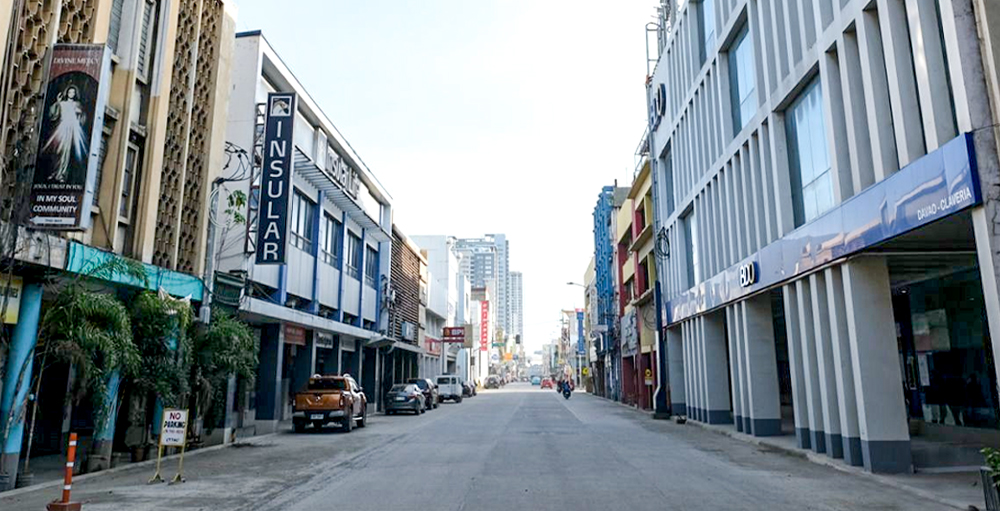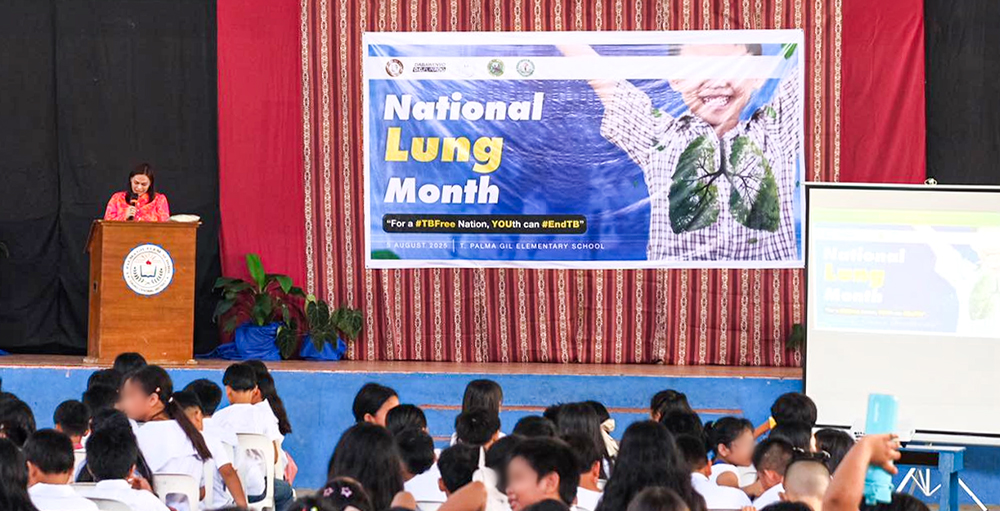To raise awareness on the precise location of fault lines in the city, the Office of the Civil Defense XI (OCD XI) and the Department of Science and Technology- Philippine Institute of Volcanology and Seismology (DOST-PHIVOLCS), in collaboration with the Davao City Disaster Risk Reduction and Management Office (CDRRMO), conducted a simultaneous “walk the fault” activity today, September 25.
The activity involved identifying and marking the exact locations of fault lines in eight barangays in Davao City. The barangays include Tamugan, Calinan, Riverside, Los Amigos, Tugbok Proper, Bangkas Heights, Binugao, and Sirawan.
Alfredo Baloran, chief of the City Disaster Risk Reduction and Management Office (CDRRMO), said the initiative is part of their proactive measures to give advance information to Dabawenyos, especially to those who live on top of fault lines.
“Kita dapat sa Davao City dapat naa ta’y mga ideas kung unsay mga dapat nato himuon kung naay mga ground shaking. Mao ni atong ginahimo karon, to identify the fault lines para makahatag ta og advance information, ug [mahibaw-an] unsay dapat himuon pod in future development pod sa lugar (We, in Davao City, should have ideas on what we should do when there is ground shaking. This is what we are doing now, to identify the fault lines so that we can provide advance information, and [to know] what should be done in future development in the area),” Baloran said.
He said the participants in the walk the fault activity included residents whose houses are on top of the fault lines.
He added they saw improvements among residents from their first “walk the fault” activity.
“Katong last year nato nga na identified nato [nga fault line], ang mga residents didto, naa gyud sila’y gipanghimo gyud nga mga preparedness, kay gitudluan man sila. Ang uban, mura’g na hesitant na pod sila nga magpatukod og dagko nga mga structures kay basin masayang lang pod daw, in case naay movements ang atoang nga fault lines (The residents in the identified fault lines last year really did some preparations, since they were also taught. And others became hesitant to build big structures there as these might be destroyed in case there is movement in our fault lines),” he said.
Dr. Teresito Bacolcol, the director of DOST-PHIVOLCS, said it is important for the residents to know where the faults are.
“Ang mga faults nga atong subayon, nagpahinumdom nga bisan dili nato mapugngan ang mga linog, mahimo nato sila’ng andaman. Mas maayo nga mahibaw-an nato kini, aron para mas mapaayo nato ang atong pagpangandam batok sa linog (The faults that we’ll pass through remind us that although we cannot prevent earthquakes, we can prepare for them. It is better for us to know this, so that we can improve our preparation against the earthquake),” he said in a message to the participants.
Bacolcol, in an interview, said people are now more prepared than before as they are more knowledgeable with the advent of social media, fast information dissemination, and the quarterly earthquake drill.
He also called on Dabawenyos to always prepare, knowing that the Philippines has 175 active faults segments.
“Again, disaster preparedness is not just the business of PHIVOLCS or OCD, it is everyone’s collective duty to prepare. We are part of the Pacific Ring of Fire. Whether we like it or not, earthquakes will happen,” he said. CIO





